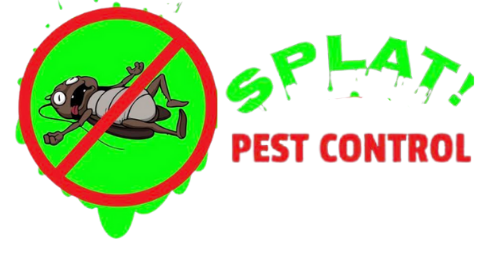Grasshopper Exterminator
Washington State is home to over 100 different species of grasshoppers. Although some are harmless, others are destructive scourges that can change a landscape in an instant. The most common kinds found in the Pacific Northwest are the red-legged, clearwing, and migratory species, which are often spotted in orchards. Those serve as food for birds, lizards, and other animals, and their excrement helps fertilize plants. However, some types of grasshoppers do more damage than good and can wipe those plants out before they have the chance to help them.
These herbivores feed on grasses and leaves, chewing holes through the entire plant. They damage important crops like corn, soybeans, cotton, rice, and alfalfa and go after regular garden crops like lettuce, corn, carrots, and onions. Their voracious chewing can damage wood, especially when their populations explode every 7-10 years. They can strip trees so entirely of their foliage that the trees aren’t able to make it through the next winter.
In Washington, some of the “grasshoppers” you see may technically be locusts. Locusts are in the grasshopper family and do major crop damage, but there are a few key differences. Locusts can fly, while grasshoppers don’t. Locusts are brown and fairly small, while grasshoppers are green with larger bodies. However, the most notable difference is that locusts can either operate on their own or swarm in massive groups in what’s called a “gregarious” state. Locusts swarm more often than grasshoppers and grasshoppers only do so in states of extreme environmental stress.
Locusts are slightly pickier eaters but can eat their full weight in vegetation. If locust or grasshopper swarms reach a high enough population, they can eat as much as 2,500 times more than people can, covering 1,000 acres a day and laying the land bare. The loss of these crops can drive up meat prices and the prices of other crops. They can also destroy a home or business’s landscaping in moments.
Recently, droughts have been encouraging those swarms. In an effort to preserve farmers’ and ranchers’ land, the federal government has had to step in and launch campaigns to wipe these bugs out. As recently as 2021, agricultural officials have launched massive programs to spray pesticides that kill the nymphs before they reach adulthood and start destroying crops. Although that’s helpful, it’s still important for homeowners and business owners to make sure they’re protecting themselves instead of relying on those aerial pesticides.
With the amount of damage these critters can do, you can’t leave anything up to chance. The federal government’s efforts can help, and there are certainly measures you can take to ward off some of the worst effects. Your best bet is to hire a pest control professional who truly knows what they’re doing. Splat Pest Control is a locally owned and operated company with over 12 years of experience in this field. We’re located right in Mason County, and we understand the specific problems our area faces when it comes to grasshoppers and other pests. We use state-of-the-art equipment and tried-and-true techniques to get rid of pest problems as quickly as possible and stop infestations before they even start.
Contact us today.
